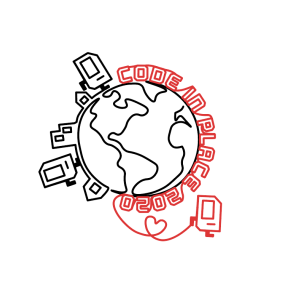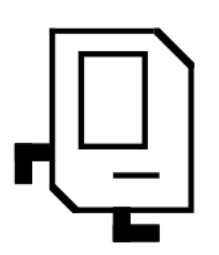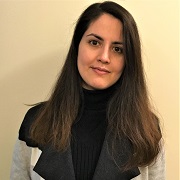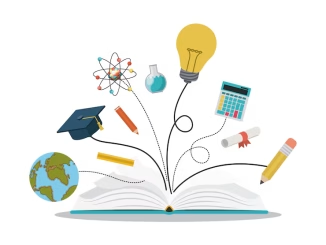
Last year, almost at the beginning of the COVID-19 pandemic, I attended a Python programming course for almost five weeks. It was hosted by Stanford University and freely accessible to all people around the world. The course was designed for learners with no previous coding experience. The most exciting part of it for me was a connection between around 10000 people worldwide especially in this pandemic that many of us felt lonely. The Code in Place team provided a social platform to communicate with students. Everyone could post their questions or help other learners solve their problems. This experience taught me not only how to write scripts but logically thinking, problem-solving, collaborating with so many learners and teachers and time management.

One of the fun parts of this course was Karel. Karel is a robot that has been used in introductory computer science courses all across the world. If you are interested to know more about this robot, read Introducing Karel the Robot.
The picture shows Karel. This robot was named Karel, after the Czech playwright Karel Čapek, whose 1923 play R.U.R. (Rossum’s Universal Robots) gave the word robot to the English language. Source
Let’s talk about the awesome teaching team. In our weekly lecture videos, two great Stanford professors Mehran Sahami and Chris Piech walked us through the programming lessons and about 900 individuals volunteered as section leaders to help teach this course and answer students’ questions. Isn’t it amazing?
The fascinating news is that the Code in Place team has decided to host the python course again this year from April 19th until May 28th. If you are interested in learning to code or you would like to volunteer your time to be part of this great teaching team as a section leader (Note: March 25th is the deadline for volunteers registration) check out the Code in Place website.
At the end of last year’s python course, each student created their own project. I am excited to share with you what I’ve learned during this course: See my Python project below. Also, you can explore all students’ projects HERE





Be the first to comment